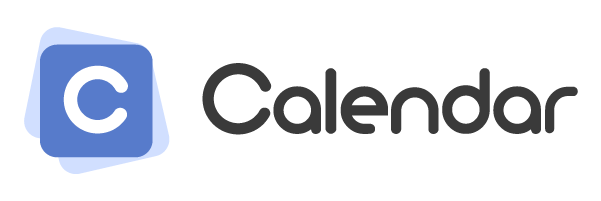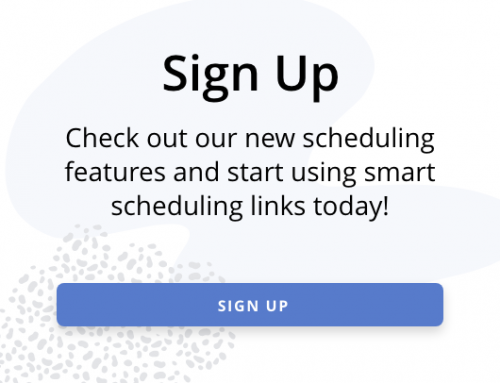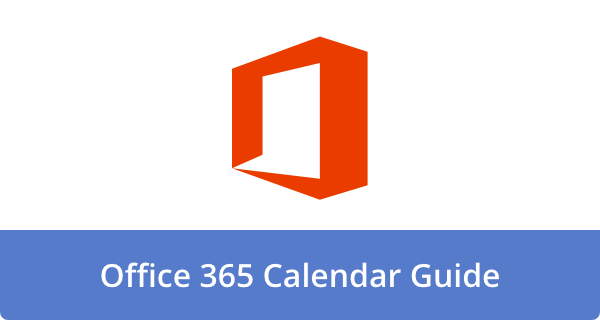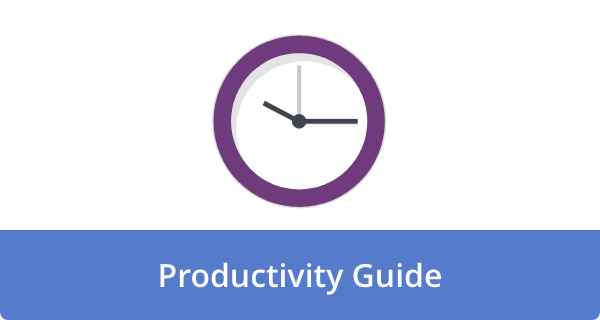

You already know how to block your calendar. The challenge is making those blocks survive real life. Between ad hoc meetings, Slack pings, and shifting priorities, the best schedule can crumble by noon. Productivity researcher Cal Newport has long argued that planning every minute is the antidote to reactive work. Organizational psychology supports this, including research on attention residue that shows switching tasks can degrade performance. The good news is you can implement time-blocking in a way that holds up under pressure. Below are five field-tested strategies with concrete steps you can put on your calendar today.
1) Build a weekly template with anchor blocks
Start with a reusable template that repeats every week. Place immovable anchors first: deep work, team ceremonies, 1:1s, personal commitments. Then fill in the admin and collaboration blocks. Use a simple ratio that suits your role, such as 40% deep work, 40% collaboration, and 20% admin. According to Cal Newport, the benefit comes from controlling your schedule, not perfection.
Action step: Create a color-coded template and save it as your default view. Protect anchors with a shared team policy so others understand when you are available for real-time requests.
2) Use a 2+1 daily cadence to reduce attention residue
Attention residue research indicates that unfinished tasks persist in the mind and hinder performance. Counter this with a predictable daily cadence: two protected deep-work blocks and one admin block. Aim for 90 minutes in the morning and 60 minutes in the midafternoon for focus, plus a 45–60 minute administrative block for email and approvals. Treat the admin block as your catch-all so you don’t context-switch during focus time.
Action step: Name your blocks with verbs and specific outcomes, rather than vague labels. For example, “Draft proposal sections 2–3” instead of “Proposal.”
3) Create meeting-free windows everyone respects
Meeting-free time only works when it is a team norm. Research featured in the MIT Sloan Management Review found that organizations instituting meeting-free days improved autonomy and reduced stress, thereby supporting productivity. Pair this with insights from Microsoft’s Work Trend Index on digital overload to justify the change.
Action step: Propose two mornings per week as “meeting-free windows” for your group. Add a 15-minute standing triage huddle immediately after the window to make decisions and resolve issues. This maintains responsiveness without sacrificing deep work.
4) Timebox reactive work with rolling buffers and office hours
Reactive work will not disappear, so quarantine it. Set rolling 30–45 minute buffers before lunch and day’s end for quick-turn tasks, approvals, and urgent tickets. Add daily “office hours” on your calendar when colleagues can expect real-time replies in chat. Outside these windows, default to async communication. This preserves focus without leaving stakeholders hanging.
Action step: Update your Slack status with “Heads down until 1:00. Next office hours 1:00–1:30.” Route non-urgent requests to a shared channel or form and process them in your buffer blocks.
5) Re-plan in real time and measure with a simple KPI
Time-blocking breaks when days change and plans stay fixed. Adopt rolling replanning: when a block slips, immediately drag it to the next viable slot and adjust downstream commitments accordingly. Keep a single KPI to measure the system’s effectiveness: Focused Hours Kept. Track the percentage of deep-work time you actually completed each week. If it dips below 70%, increase the buffers or reduce the block size.
Action step: End each day with a 10-minute calendar audit. Rename completed blocks with outcomes and reschedule any unfinished work so your next day starts planned.
Closing
Time-blocking sticks when it comes to how modern work really flows. Templates keep you oriented, a daily cadence protects attention, team norms defend the calendar, buffers absorb chaos, and re-planning keeps you honest. Start with one strategy this week, measure Focused Hours Kept, and improve from there. The compound gains from a protected calendar are significant, and they appear quickly.











Angela Ruth
My name is Angela Ruth. I aim to help you learn how Calendar can help you manage your time, boost your productivity, and spend your days working on things that matter, both personally and professionally. Here's to improving all your calendars and becoming the person you are destined to become!